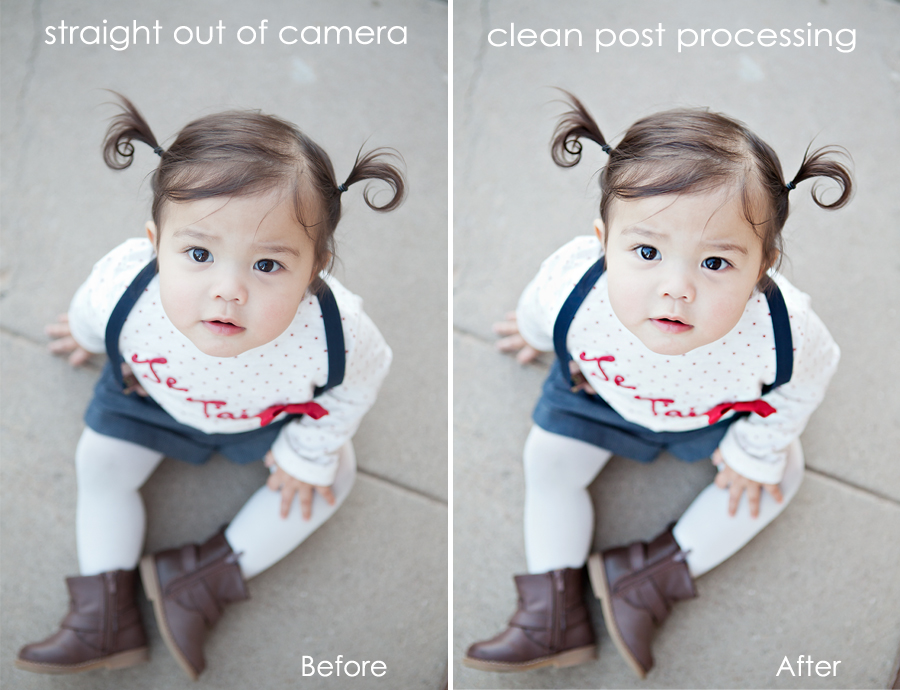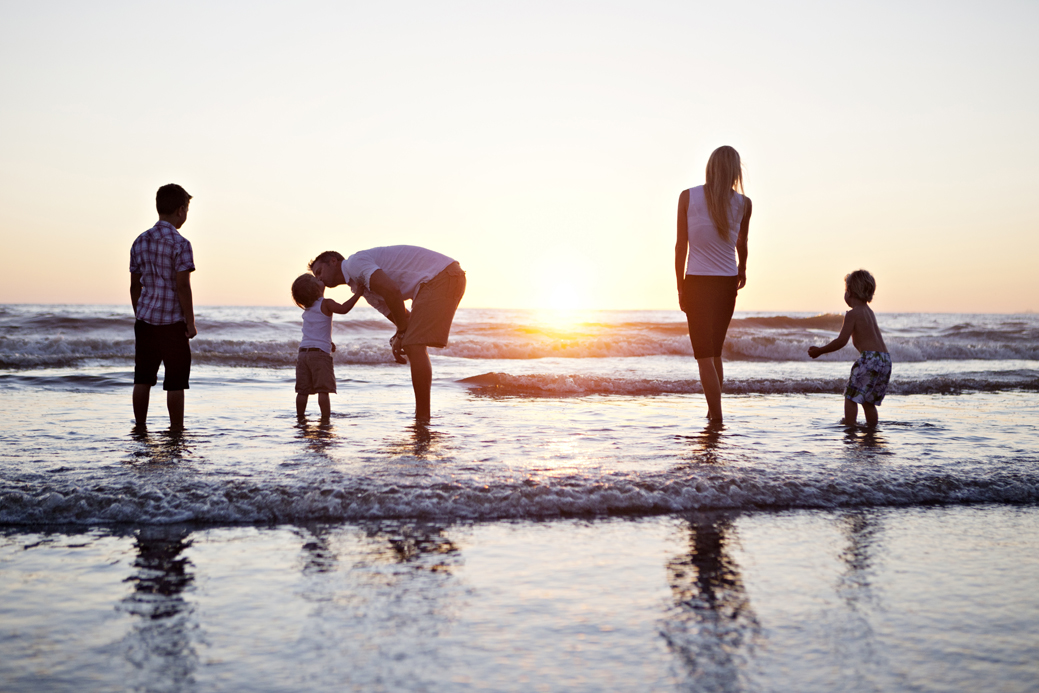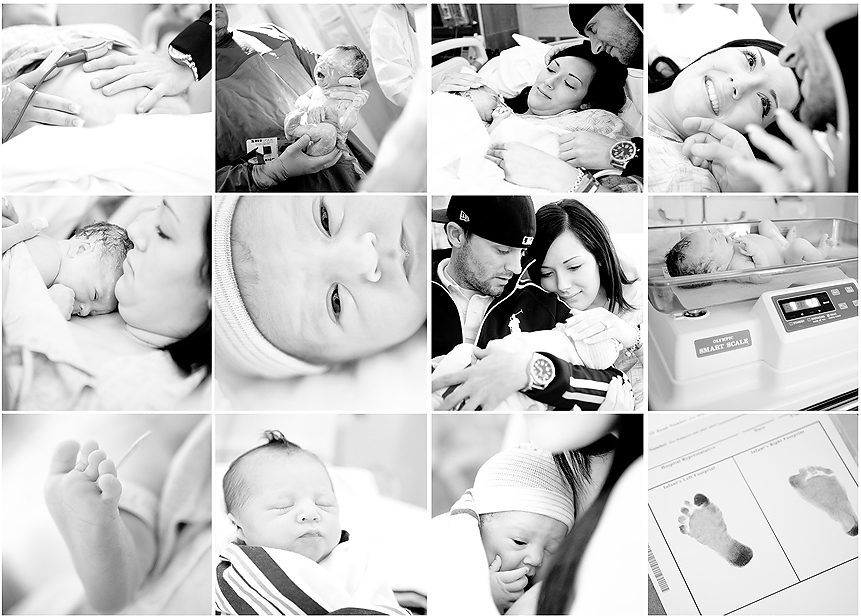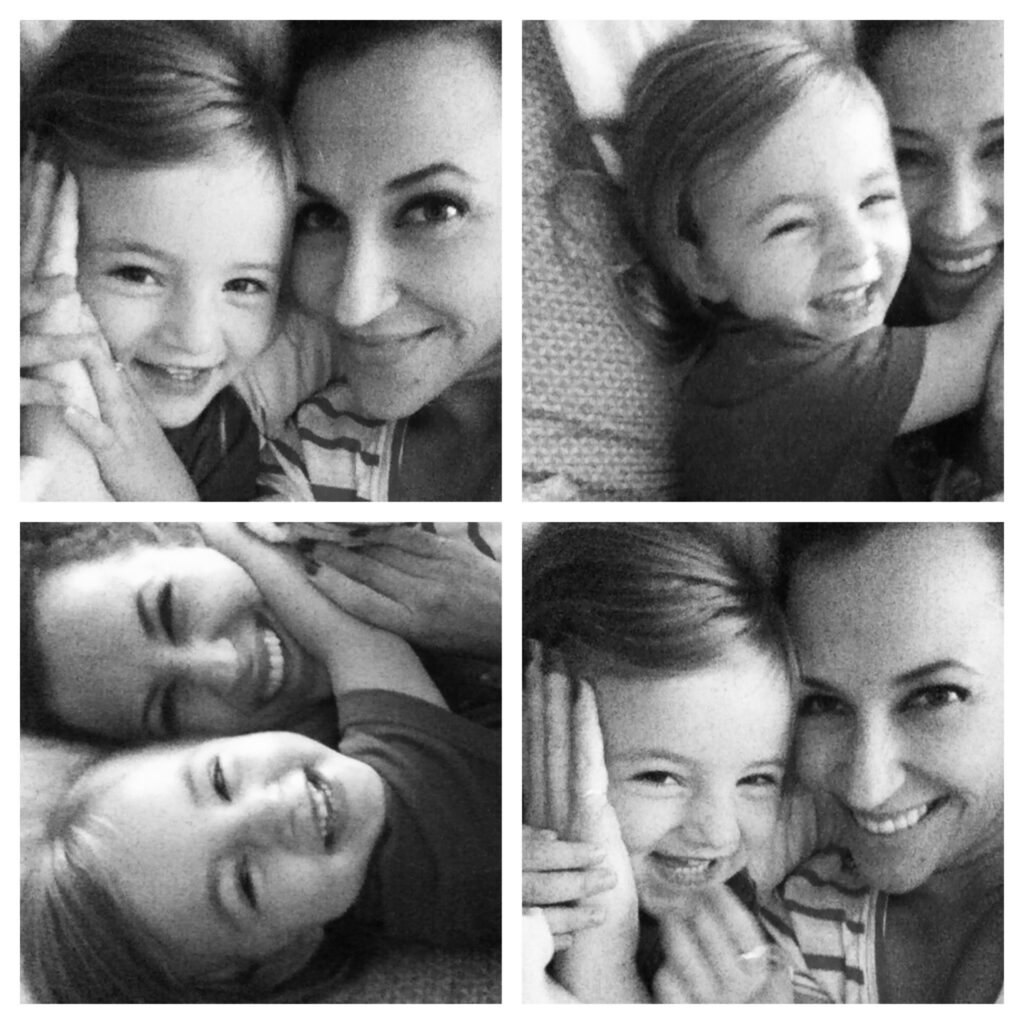I (hopefully) have answers. 😉
I get emails every so often asking me about photography, editing styles, cameras I use, anything and everything. I really love these emails and TOTALLY WELCOME THEM. Remember that I was a new photographer at a time not so long ago and other photographers who were willing to take a little time out to explain something on their blog, or share a tip with me sometimes made all the difference.
I am a pretty open book and I feel like I owe it to all the photographers who have helped me to pay it forward… that being said, I find myself writing the same emails over and over so I thought that I would start posting questions here. If you have a question for me with anything I do, please feel free to email me and I’ll add it to my Q&A posts. You can be an established photographer, down to a mom who just wants to know how to take a great shot of your babe. I’d love to hear from you.
Q: What camera/lenses do you use?
A: I shoot with a canon 5D Mark II. I started out with an old, inherited rebel xti, shot my guts out on that little baby and after some time when I felt like I had learned all I could on that, I decided to upgraded to a 7D. I had my 7D for about a year and while it was a step up from my xti, I knew I really needed a full-frame to establish the look and style that I wanted in my photography. Then came in the 5DMii and I’ve never looked back. I love this thing. I know the markIII is now out and eventually I’m sure I’ll upgrade, but right now I am 100% happy with my markII. I do believe that you can be a good photographer on ANY format. Don’t believe me? Check out instagram and the amazing artists who use their iphones as their sole format. Amaze!
The lenses I have now will probably be with me for life as well. I shoot a lot with my 24-70mm 2.8. I love this thing. I pretty much swaddle it up and sleep with it at my bedside. The other lens I’ve always had is a 50mm 1.8 that I recommend every beginner start with. It’s cheap and it gets the job done. I’ve had mine my whole photography life, but a few months ago it got dropped (by my 2 year old.. thank G it wasn’t attached to my camera at the time) and then my husband tried to fix it and broke it even more. I saw it as a sign it was time to upgrade, so that I did to the 1.4 and I am in HEAVEN with it. I shoot most of my personal stuff with this because it’s small and light weight and I can take it anywhere… plus if it gets banged up a bit it’s not as expensive to replace as my 24-70. 😉 I just got it a couple weeks ago and I plan on writing a little review to come soon.
Q: How do you get that crisp and clean look in your images? Is it a lot of post processing?
A: I love this question because every photographer strives for a “crisp and clean” image and I’m no exception. 😉
The first thing I can say, is that it is NOT in post processing. I try to get my photos almost perfect in-camera so that I have to do little or no post processing. (on my clients sessions, I obviously post-process, but the images I post of my own family, I almost never PP.. that’s straight out of the gate.) Remember that post processing is meant to enhance an already great shot, not fix an imperfect one.
 See how there’s not a drastic difference? That’s what I like. I want to be an artist behind my camera and not necessarily in front of my computer. If you get a perfectly exposed image in good light, a few basic touches in PS and you’re good to roll. See how the PP image just pops a bit more?
See how there’s not a drastic difference? That’s what I like. I want to be an artist behind my camera and not necessarily in front of my computer. If you get a perfectly exposed image in good light, a few basic touches in PS and you’re good to roll. See how the PP image just pops a bit more?
Here are some tricks I use for a clean shot,
- Good light.
Look for light, study light, light, light, light. That is such a huge part of good photography. Look around a room and pay attention to the light. Look at your subject and see how the light is hitting their face, are there shadows under their eyes? a shadow from their nose? If so, does turning them slightly make the light more even?
If you’re shooting outdoors, the noon-day sun can be really harsh. You get much more even light in the early morning or in the evening just before the sun goes down.
If you’re shooting indoors, use the window light, not the yellow-y overhead lighting. Open a door, pull open the drapes, do whatever you can to get some natural light! - Over Expose (just a smidge!)
This is a tip that not all photographers will agree with. Some swear by almost under exposing to get the most crisp image, but for me… I over-expose it. Shooting manual, I always meter my images at least 1 to 2 full stops to the right (brighter). Each camera I’ve had has had a different “sweet spot” for metering, but that’s where I tend to always shoot. I also try to keep my shoots as close to 400 ISO as possible. This is an old trick I learned from Becky Earl, and it’s never failed me once, y’all! Obviously, it’s not possible to always shoot at ISO400, but if it’s brigher, I bring it to 200, if it’s darker I will rank it up to 800.. but I like to keep it in that range whenever possible. So ISO 200-800 (depending on the light) and 1-2 full stops to the right on the meter. Make sense? - Clean Post Processing.
If I want a clean, fresh shot, my post processing needs to be clean and fresh also. If you start with 1 and 2 above, post processing can be a breeze. Typically on all my images, I shoot raw, open in Camera Raw and use the recovery slider, up the fill light and blacks a bit, and up the brightness if I need. From there, I open in photoshop and run a defog, give it a slight S curve to enhance the lights and blacks, and reduce the redness in selective color. That’s pretty much it. Each photo may need a slight tweek from that, but that’s what I always do to 100% of my images, and more often than not, that’s all they need. - Practice.
This isn’t what anyone wants to hear, but practice will be the only thing that makes you a better photographer. Go out and shoot every day. In my first year, I made a goal to bring out my camera every single day. I had almost no clients, so I would photograph my kids or my dog or whatever I could. This made the BIGGEST difference. Bring you camera everywhere.. there’s always an opportunity to use it. The more you shoot, the better you’ll get and the faster you’ll get that way.
Q: How do you get such a natural look from your clients? Do you pose them that way? How do you direct a shoot?
A: This one is a little harder because each family is going to be completely different from the next and how they interact will all be different as well. The trick is reading the family and seeing what they need from you (the photographer). I have some families that are a little more reserved or uncomfortable in front of the camera and I may direct them more to keep the flow of the session and to make sure everyone feels comfortable. Another family might pay little to no attention to me and I can just come along for the ride and capture them doing what they do. With every session though, I try to step back a bit and let the family just be. Giving them a little room from me (both figuratively and literally) gives them a chance to act a little more natural and a little more “them”. And that’s what I call the “golden shot”. I also explain to my families before shooting exactly what I’m looking for and what I need from them. When all the expectations are out on the table, that makes everyone a little more at ease.

Q: How did you start shooting births? Is that weird?
A: NO, it is not weird… it would be weird if I were a person who thought birth was weird, but I don’t. I love birth. I can’t explain my passion for it enough. I think it is the most beautiful thing a human being (or a couple of human beings) will ever do in their entire life. It never ceases to amaze me. I love the connection, I love the pure and tangible love that is exhibited, I love the raw emotion and the complete photo-journalistic approach I have to take.. I just love everything about the whole process. If you are a person who feels this way about birth, you might be a great birth photographer. If you are someone who thinks birth is a little weird, but you’d like to add it to your list of things you offer.. you will probably not be a great birth photographer. Sorry, this is one part of photography that you either can do it or you can’t. Let this be my message to everyone out there: Find what you’re passionate about, and do it. What you are most passionate about, will probably be what you’re best at. It doesn’t have to be the same as me, or anyone else.
Think about what you love, what you really really love….. Got it? Do that.
Oh! And I started out in birth photography by simply giving birth myself. I loved it and wanted to do more with it. (it’s a much longer story than that, but you get the idea) I happened to be a photographer and I wished I could have documented my own birth that way. Bing! Light went on and I put it out there. I was lucky enough to have one of my greatest friends (now, we didn’t know each other before this) Jordan trust me enough to allow me into her delivery room. Magic happened and from there I’ve had wonderful client after wonderful client allow me to do the same. Every time I re-write this, I am stunned by how blessed I’ve been.

Q: How do you balance being a mom of young kids and a photography business?
A: Oh jeez.. I wish I had a perfect answer for this one. As in all things with motherhood, running a photography business (even when I work mostly from home) comes with all sorts of guilt. This last year has been my best year in photography business-wise, but it’s really challenged me to juggle my personal life. I do NOT have the best answers, but I am working on this every. single. day. (currently as I write this, both my girls are coloring at my feet in the office asking me for this or that where I have to break from what I’m doing to fetch whatever they need… not as glam as you might think.)
One thing that has saved my life is the movement to Live Simply. I’m a spiritual person, so after prayer for a revelation on how to better juggle this life of mine, my answer came in the “living simply” lifestyle. I’ve written about it a lot here, and that has been finally the thing to make me feel like I can be a great mom and still be a great photographer, too.
Keeping a schedule has been the saving grace. Just like with a “normal” job, you need to have hours set for work. When you work at home, it’s easy for it all to bleed together, so just along with your work hours, you need to have hours set for play, and for cleaning, and for quiet. All of the things you need to do in a day need to have a set amount of time for. This will keep you from going crazy and it will keep your kids feeling loved and happy and that right here is the most important job.
 If this is helpful, let me know! I had fun writing this and I’d love to hear what you think. If you have any questions about anything I wrote here, or have more questions you’d like to ask, comment here or email me at cassmillerphoto {at} gmail {dot} com and I’ll be happy to add it to the list.
If this is helpful, let me know! I had fun writing this and I’d love to hear what you think. If you have any questions about anything I wrote here, or have more questions you’d like to ask, comment here or email me at cassmillerphoto {at} gmail {dot} com and I’ll be happy to add it to the list.
xo, C
Alexis Reuther
I LOVE this!! So much of what I needed today. I am looking through photos and freaking out about how much I have to edit from clients. I just want to edit my kids pictures I have not done in 3 weeks. I promised myself I wouldn’t leave my kids memories behind when I opened this business. I LOVE that I am so busy but dang it I just want to edit and blog their photos and walk to the park something we have not done IN FOREVER!! I feel guilty as I know I have clients waiting. Thank you for making me feel better about the fact that everybody deals with that feeling at one point or another. I will just edit their photos and go to the park.
Cass Miller
Alexis, one thing for me is I set time to blog personal stuff as well as edit/sort through personal stuff. I have to hold myself to it. I have a mantra that my family has to come before my clients, and that holds me to my goals. In my busy season, I will allow 2-3 hours during the day to edit, but I always squeeze in 1 extra hour for personal photos. For blogging, I have set days of the week I like to blog clients, the rest I do personal. Another thing, I can get so much more work done when I schedule the 1-2 hours to focus on that solely, than I can when for all 8 hours of the day I’m trying to juggle editing a session, feeding the kids, cleaning the toilets, etc. Set a time frame, and stick to it! You’ll be surprised by how much more you can do.
GO WALK TO THE PARK! 🙂 xoxo
marisol
Love it Cass! I always try to shoot at 100-200 ISO and zero the meter out but I am going to try your method! Thanks!
Cass Miller
Mari- let me know how it goes! I feel like if you up your meter to 1-2 stops, the extra light sort of erases the noise and casts. You get creamier skin and more true-to-life colors. You can always recover a little if you get a hot spot, but obviously try not to get a blow out, because nothing can fix that. 😉
marisol
I am going to try it whilst I am on vacation next week!! Will definitely let you know how it goes.
Amanda Campbell
This is great thank you so much for sharing Cass. I always love reading your blog and the tips are amazing! Now if you have any advise on talking the husband into a camera upgrade that would be great! Mines still the rebel.
shea m
Cass I just love your work so much and I really love that you shared this! I only have a little Nikon point and shoot that doesn’t allow me to mess with apertures and shutter speeds like I wish I could but if I ever get that dslr my husband promised me then I will love you for life for posting this. You are such an inspiration and I am so happy for all you have accomplished. I hope someday I can take as beautiful a quality picture as you for my own family memories.
r